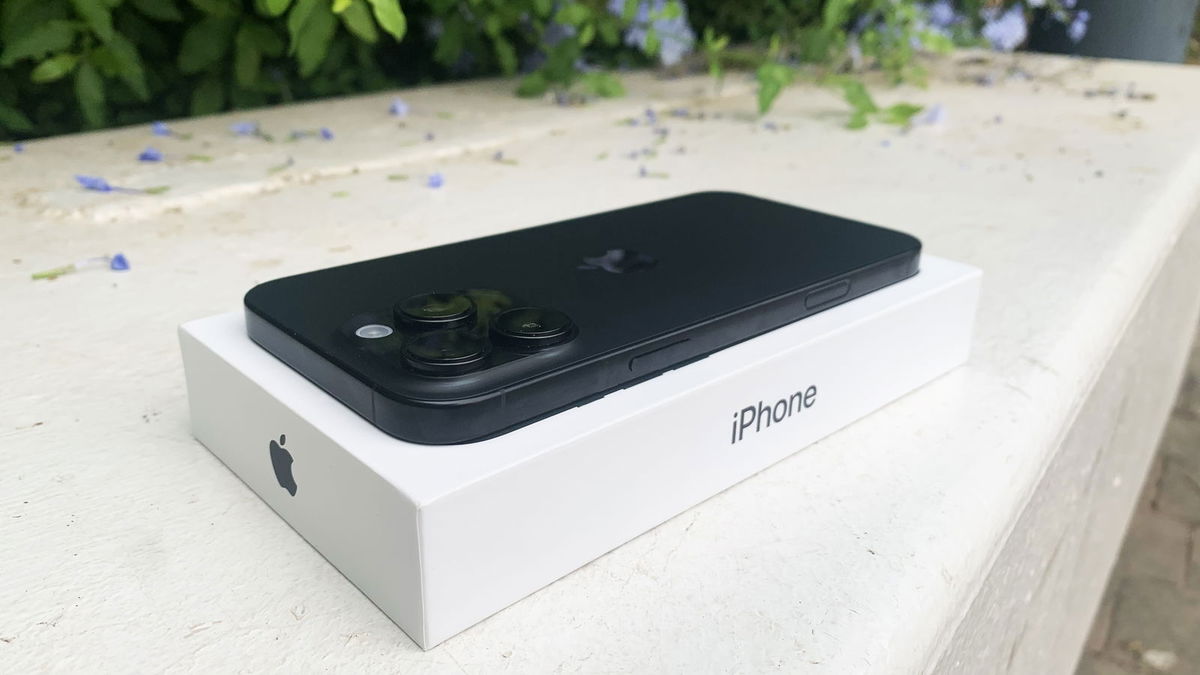Company Neuralink Elon Musk made its first implant into the human brain while developing technology aimed at helping people with severe paralysis.
Neuralink chip It is the size of a coin and can embed itself in a patient’s skull. Cables 20 times thinner than a human hair are equipped with 1024 electrodes which can monitor brain activity, stimulate the organ and transmit data wirelessly to researchers’ digital devices.
IN publication Taking to social media to share the news, Musk said, “The first person received the Neuralink implant yesterday and is recovering well.” He added that “initial results show promising detection of neuronal spikes” that are needed to transmit commands from the brain to the body.
IN one more post Shortly after, Musk talked about the technology: “Imagine if Stephen Hawking could communicate faster than a fast typist or auctioneer. “That’s the goal.” He added that the company’s first product will be called Telepathy.
9 Amazing Things a Transplant Person Could Do with Neuralink

Neuralink’s first-in-human study, called PRIME (Precision Robotic Implanted Brain-Computer Interface), has generated interest among people with quadriplegia due to cervical spinal cord injury or amyotrophic lateral sclerosis (ALS). Those taking part also had to be at least 22 years old and have a permanent and reliable guardian.
Neuralink said last year that during the study, the robot would be used to surgically place “ultra-thin, flexible implant strands in the area of the brain that controls movement intention,” adding that once installed, the implant would be “cosmetically invisible.” and is designed to record and wirelessly transmit brain signals to an application that decodes movement intent.”
The primary goal of the PRIME study is to evaluate the safety of the implant and the effectiveness of the surgical robot that performs it. It will also evaluate the capabilities of an interface that Neuralink says will allow people to control electronic devices with their thoughts. For example, a person with paralysis can control their phone simply by imagining the movements of their hand. Musk even suggested that this technology could one day give people “superhuman thinking.”
According to Neuralink, their goal is to “create a comprehensive brain interface that will restore autonomy to those with unmet medical needs today and unlock the human potential of tomorrow.”
So there are 9 things a person can do with Neuralink:
- Provide robotic limbs with touch sensationallowing patients with paralysis or locked-in syndrome to control a robotic arm with their thoughts.
- Control computing modules with your thoughts
- Helping people with serious neurological disorderssuch as Parkinson’s disease or ALS, communicate and interact with the world around you by controlling a computer cursor or keyboard using only your thoughts.
- Restore speech
- Restore listening
- That paralyzed people will be able to walk again,
- save, play back and even share memories
- Record and transmit brain signals wirelessly
- Unleash Human Potential
Source: Digital Trends
I am Garth Carter and I work at Gadget Onus. I have specialized in writing for the Hot News section, focusing on topics that are trending and highly relevant to readers. My passion is to present news stories accurately, in an engaging manner that captures the attention of my audience.










